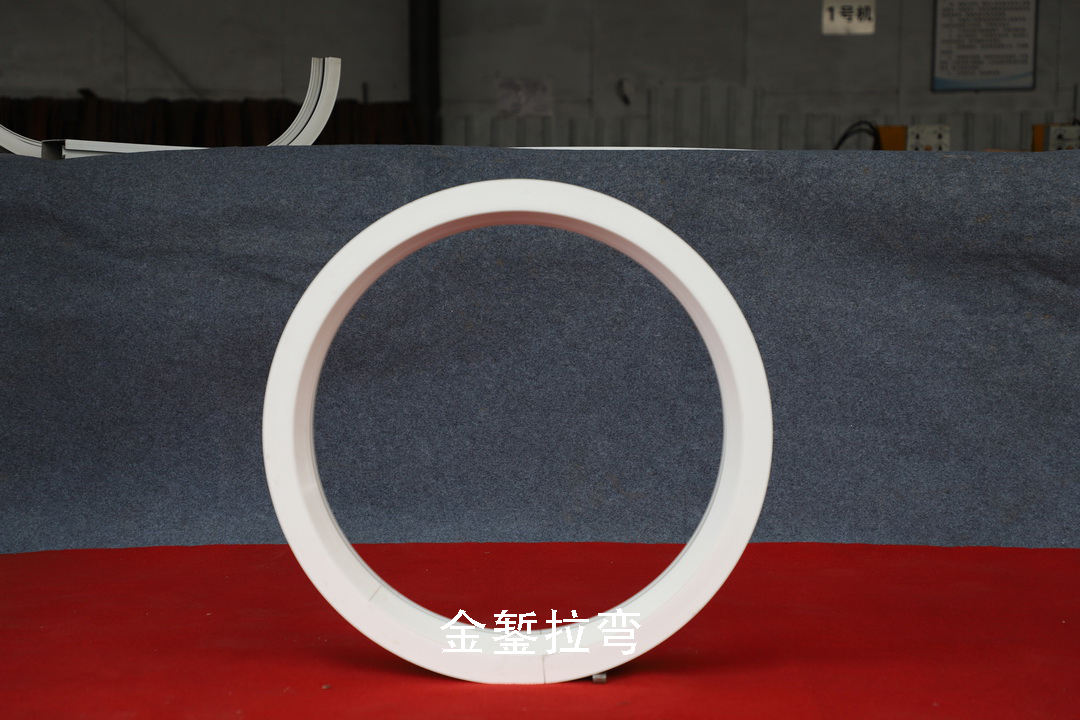Redefining the construction industry with innovative solutions, cuttin-edge technology and sustainable practices
Profile Bending 2025-09-01
Profile bending is a vital manufacturing process used in various industries to create curved shapes from metal profiles, such as beams, tubes, and angles. While profile bending offers numerous advantages, including aesthetic appeal and structural integrity, it also presents a range of challenges that can impact the quality and efficiency of the final product. In this article, we will explore the common issues encountered in profile bending and provide practical solutions to achieve optimal results.
Common Challenges in Profile Bending
1.Material Properties Variability
- Different materials exhibit varying properties, such as strength, ductility, and elasticity, which can significantly affect the bending process. For instance, materials that are too brittle may crack during bending, while those that are too soft may deform improperly.
2.Bending Radius Limitations
- Each profile has a minimum bending radius that must be respected to avoid damaging the material. Bending too tightly can lead to kinks or cracks, compromising the integrity of the product.
3.Springback Effect
- After bending, materials often tend to revert slightly to their original shape, a phenomenon known as springback. This can lead to inaccuracies in the final dimensions, requiring adjustments in the bending process to compensate for this effect.
4.Equipment Limitations
- The capabilities of bending machinery can vary widely. Older or poorly maintained equipment may struggle to produce precise bends, leading to inconsistencies in product quality. Additionally, the setup time for machinery can be lengthy, affecting production efficiency.
5.Operator Skill Level
- The skill and experience of the operator play a crucial role in the success of the bending process. Inexperienced operators may make mistakes that lead to defective products, while skilled operators can optimize settings for better outcomes.
6.Tooling and Die Wear
- The tools and dies used in profile bending can wear out over time, leading to reduced accuracy and increased defects in the bent profiles. Regular maintenance and timely replacement of tools are essential to maintain quality.

Solutions for Optimal Results
1.Material Selection and Testing
- Conduct thorough material testing to understand the properties of the metal being used. This includes assessing the yield strength, ductility, and hardness. Selecting the appropriate material for the intended application can minimize issues during bending.
2.Understanding Bending Radii
- Consult the manufacturer’s specifications for the minimum bending radius for each profile type. Implementing a trial-and-error approach can help determine the optimal settings for different materials and thicknesses, ensuring that the bending is done within safe limits.
3.Compensating for Springback
- To counteract the springback effect, operators can use techniques such as over-bending or adjusting the bending angle. Utilizing simulation software can also help predict springback and allow for more precise adjustments before actual bending.
4.Investing in Modern Equipment
- Upgrading to modern bending machines equipped with advanced controls and automation can significantly improve accuracy and reduce setup times. Regular maintenance and calibration of existing machinery can also enhance performance and longevity.
5.Training and Skill Development
- Providing ongoing training for operators can ensure that they are well-versed in the latest techniques and technologies in profile bending. Encouraging skill development can lead to better decision-making during the bending process and reduce the likelihood of errors.
6.Tooling Maintenance and Replacement
- Establishing a regular maintenance schedule for tools and dies is crucial. Operators should be trained to identify signs of wear and tear and replace tools promptly to maintain the quality of the bending process.
Profile bending is a complex process that can present various challenges, from material variability to equipment limitations. However, by understanding these challenges and implementing effective solutions, manufacturers can achieve optimal results and enhance the quality of their products. Investing in training, modern equipment, and regular maintenance can lead to improved efficiency and reduced defects, ultimately contributing to the overall success of the bending operation. As industries continue to evolve, the ability to adapt and overcome these challenges will be crucial for maintaining a competitive edge in the market.